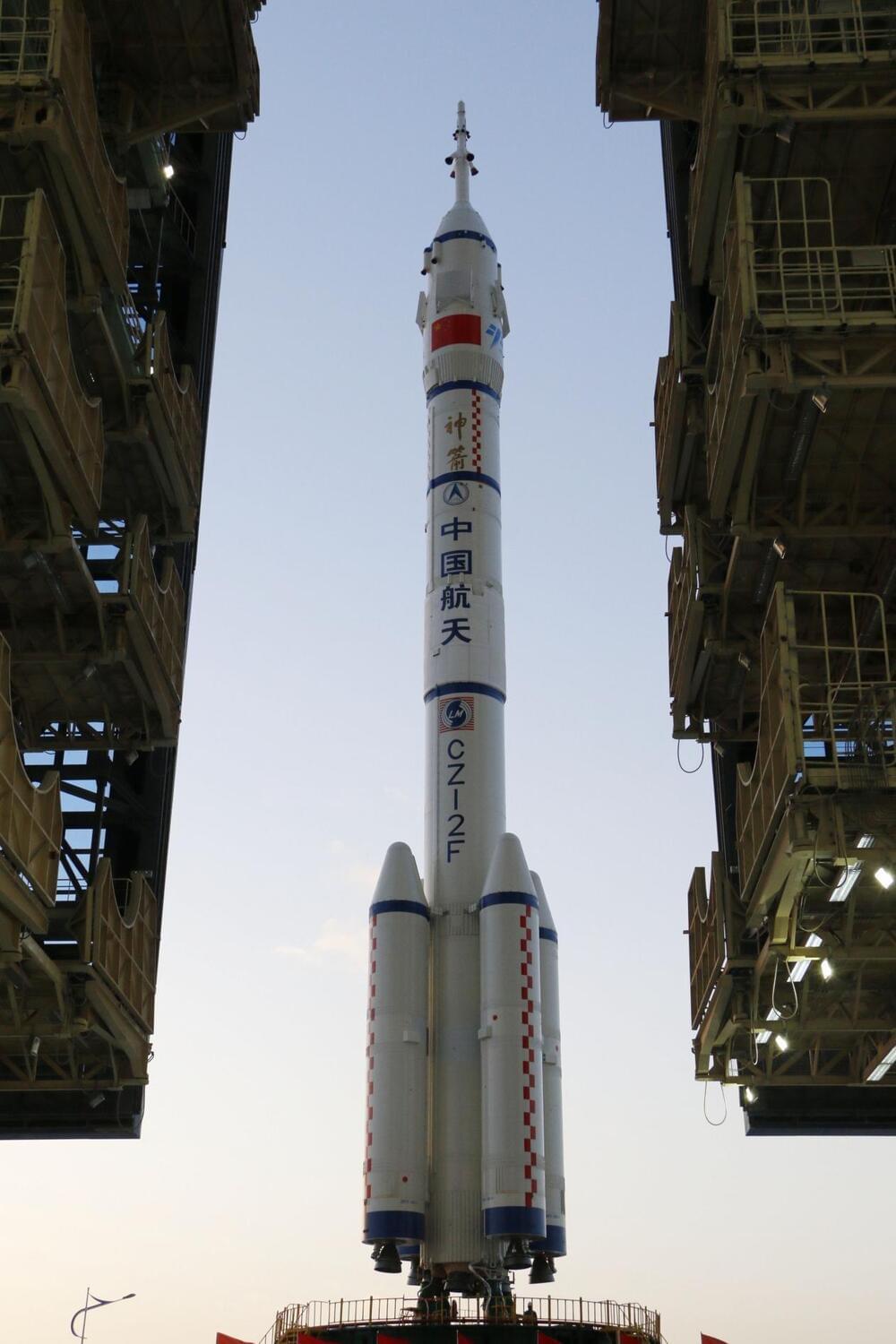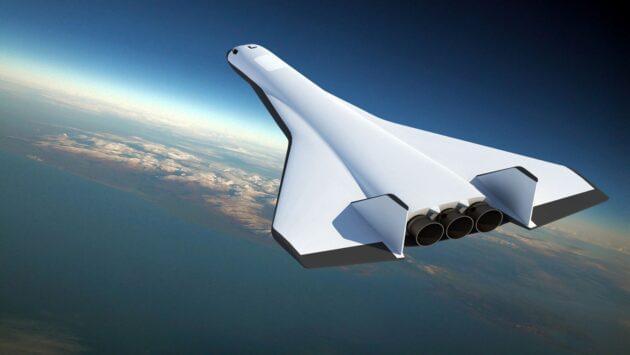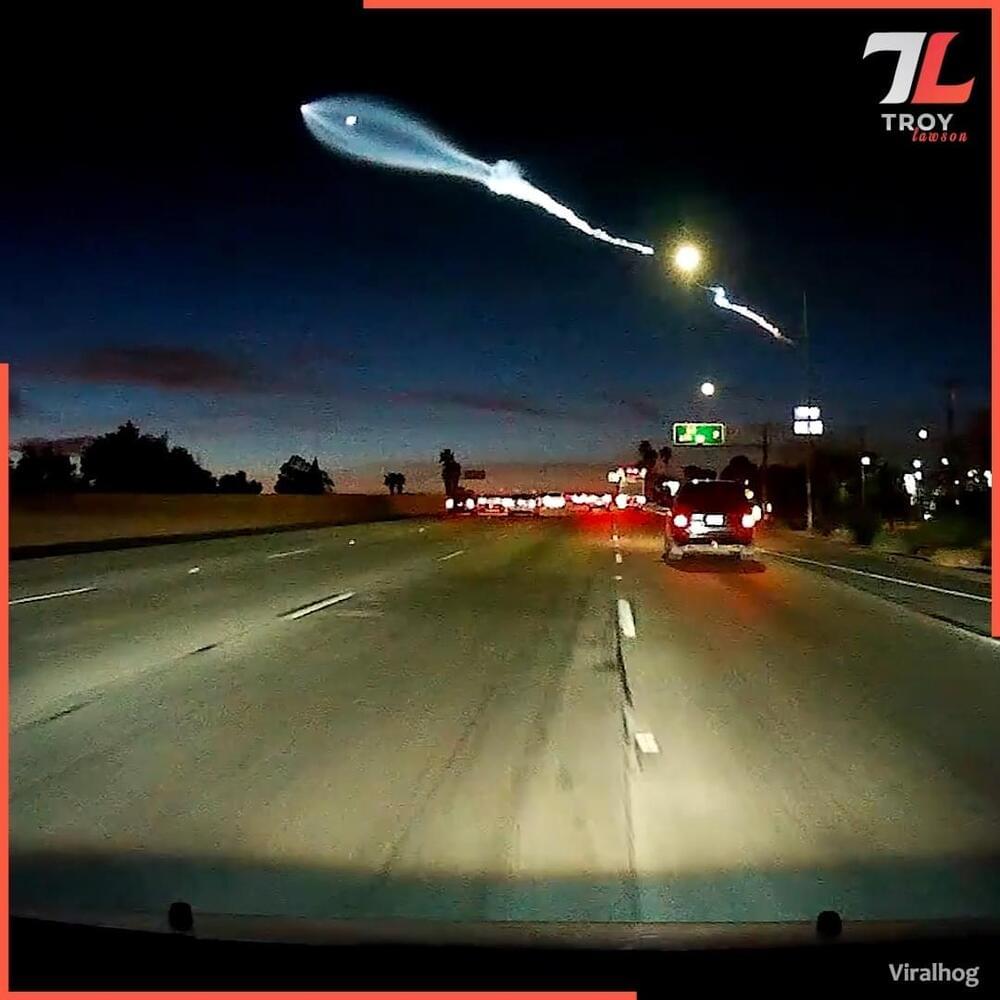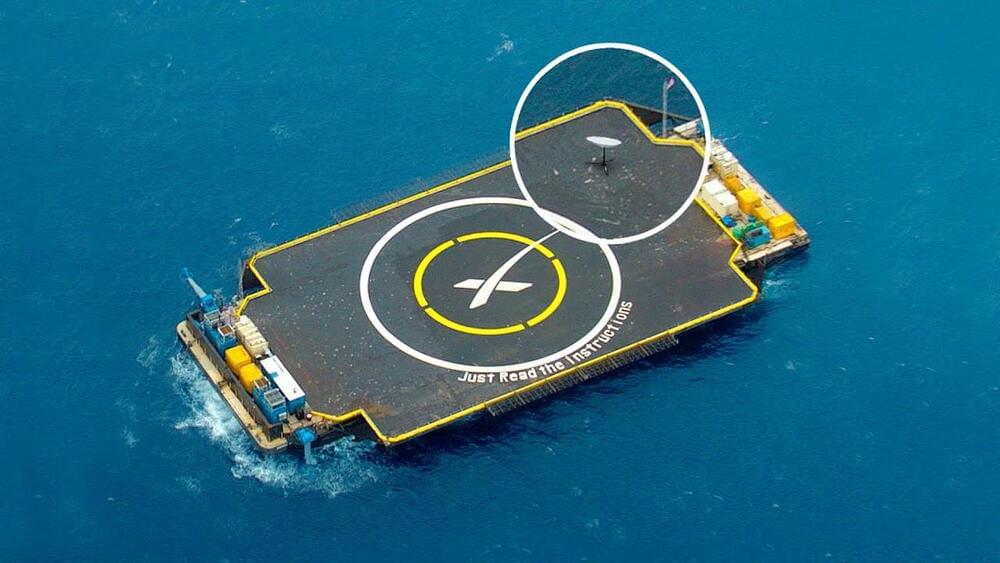At this rate the CCP will be launching everyday by the end of the decade. Wow.
China became the country that has carried out the most space launch missions in the world over the past year.
The combination of the Shenzhou-13 manned spaceship and a Long March-2F carrier rocket is transferred to the launching area of Jiuquan Satellite Launch Center in northwest China, Oct. 7, 2021. (People’s Daily Online/Liu Huaiyu)
The country’s Long March series carrier rockets, Kuaizhou series carrier rockets, as well as those developed by private space firms have made 55 launches and sent over 100 spacecraft into space.







